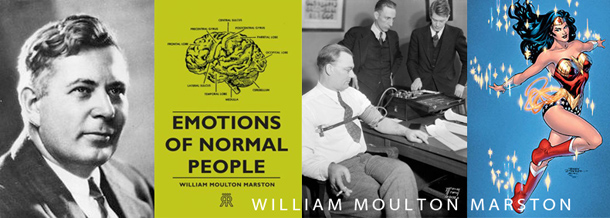DISC Profile: History of DISC
The earliest recorded observations on behavioural classifications were made by the Greeks. Here is a condensed timeline of the significant contributors that led to the development of the DISC model.
Empedocles (490 - 430 BC)
Empedocles was a Greek Philosopher, best known for stating that everything was made up of four "roots" (aka The 4 Elements):
- Fire
- Wind
- Water
- Earth
In classical Greece, it was thought that these four elements were the fundamental and indestructible building blocks that made up all matter. Empedocles believed these elements could be combined in an infinite number of ways, like a painter's colour pallet, to produce all the different characteristics seen in all things in life. This theory of the 4 elements was very influential and became accepted dogma for the next 2000 years.
Hippocrates (460 - 370 BC)
Hippocrates was an ancient Greek physician (often referred to as the father of Western medicine). He believed that different types of climate and terrain affected behaviour and appearance. He went on to identify 4 temperaments (Sanguine, Melancholic, Choleric, Phlegmatic) and associated them with 4 bodily fluids (blood, black bile, yellow bile, phlegm).
- Yellow bile - Choleric (a dominant, head-strong, ambitious doer)
- Blood - Sanguine (a socially-oriented, energetic talker)
- Phlegm - Phlegmatic (a self-content, stable and gentle temperament)
- Black bile - Melancholic (a thoughtful ponderer)
The 4 bodily fluids (or humors) was a theory that, like the 4 elements, tried to explain everything about human functioning. Both theories eventually became obsolete, but they are important because they both served as stepping stones that led to the development of the 4 temperaments (which is essentially the equivalent of the modern DISC theory).
Galen (131-201 AD)
A Roman physician, Galen developed the first typology of temperament in his dissertation "De temperamentis". Following on from Hippocrates, he believed that if the body produced an excess of one of the humors, it would produce an imbalance in the person's temperament (or personality). In the ideal personality, he thought, the 4 characteristics were all equally balanced. Galen's writings were influential in spreading Hippocrates' ideas of the 4 temperaments throughout the world.
Carl Jung (1921)
In 1921 the influential Swiss Psychiatrist Carl Jung published the book “Psychological Types”. Jung identified basic preferences in the way that people naturally approached the world around us, which would become the theoretical basis for the Myers Briggs Type Indicator (MBTI).
- Introversion (I) <---> Extraversion (E): Orientation to the world around us: Outer world, with others, or inner world with self.
- Sensing (S) <---> Intuition (N): Ways of perceiving or gathering information: Real and actual, or looking at patterns and meanings.
- Thinking (T) <---> Feeling (F): Decision-making based on careful analysis, or consideration of the impact on others.
- Judging (J) <---> Perceiving (P): Dealing with outer world in orderly, planned manner; or in a spontaneous, flexible manner.
Dr. William Moulton Marston (1928)
Educated at Harvard University, Marston is most well known for his contribution to lie detection — in 1938 he published “The Lie Detector.” Interestingly, he is also the original creator and writer of the comic superhero “Wonder Woman.”

The DISC model is based on his 1928 book “Emotions of Normal People.” Marston viewed people behaving along two axes, with their attention being either passive or active, depending on the individual's perception of his or her environment as either favorable or antagonistic.
- Dominance produces activity in an antagonistic environment
- Inducement produces activity in a favourable environment
- Submission produces passivity in a favourable environment
- Compliance produces passivity in an antagonistic environment.
Marston did not actually invent the questionnaire which produces someone's DISC graph, but the DISC inventory, in it's various forms, are all derived from the work of Marston.
"All people exhibit all 4 behavioural factors in varying degrees of intensity."
- William Moulton Marston
Walter Clarke (1950's)
Walter Clarke was the first person to build a psychological instrument based on Marston's Theory, called the “Activity Vector Analysis,” which has since been further developed by many companies for commercial use in a wide variety of applications.
For more detail about the history of the DISC Language refer to The Universal Language DISC: A Reference Manual.
More Information
Topics:
DISC Profile
Theo Winter
Client Services Manager, Writer & Researcher. Theo is one of the youngest professionals in the world to earn an accreditation in TTI Success Insight's suite of psychometric assessments. For more than a decade, he worked with hundreds of HR, L&D and OD professionals and consultants to improve engagement, performance and emotional intelligence of leaders and their teams. He authored the book "40 Must-Know Business Models for People Leaders."

/Disc%20profile_%20The%202%20Disc%20Graphs.png?width=374&name=Disc%20profile_%20The%202%20Disc%20Graphs.png)
.png?width=374&name=Advantages%20of%20the%20TTSI%20disc%20profile%20(1).png)
We Would Like to Hear From You (0 Comments)